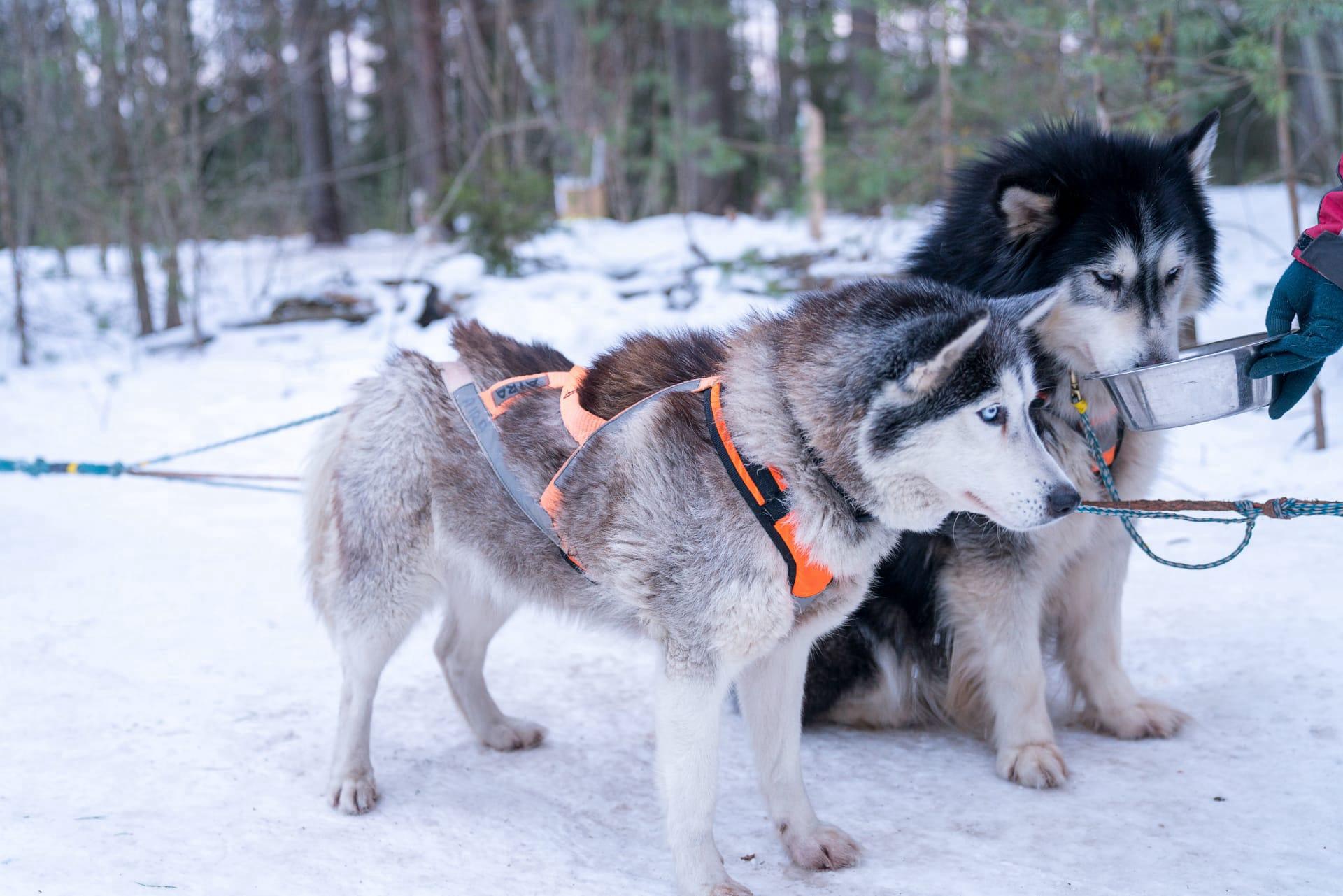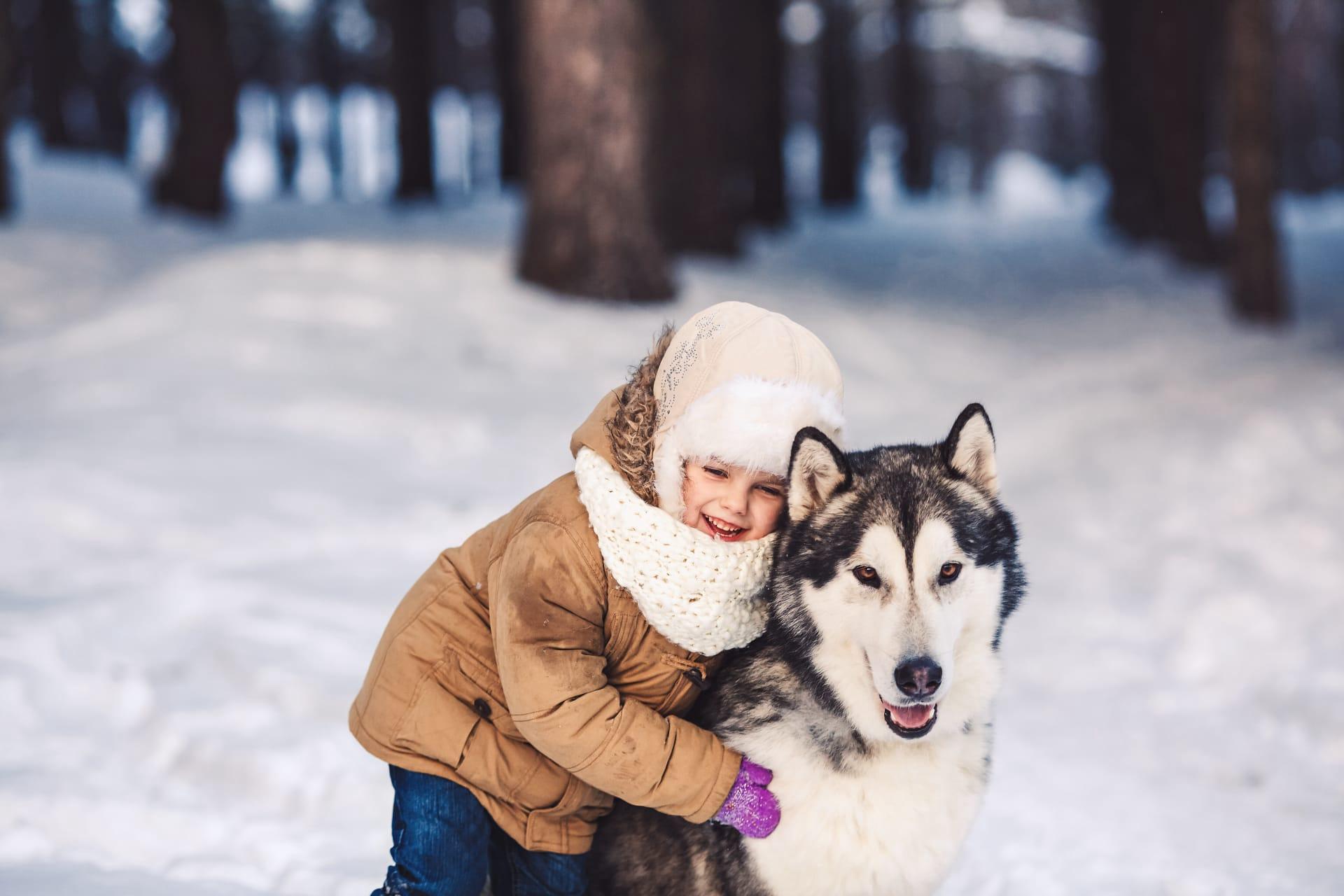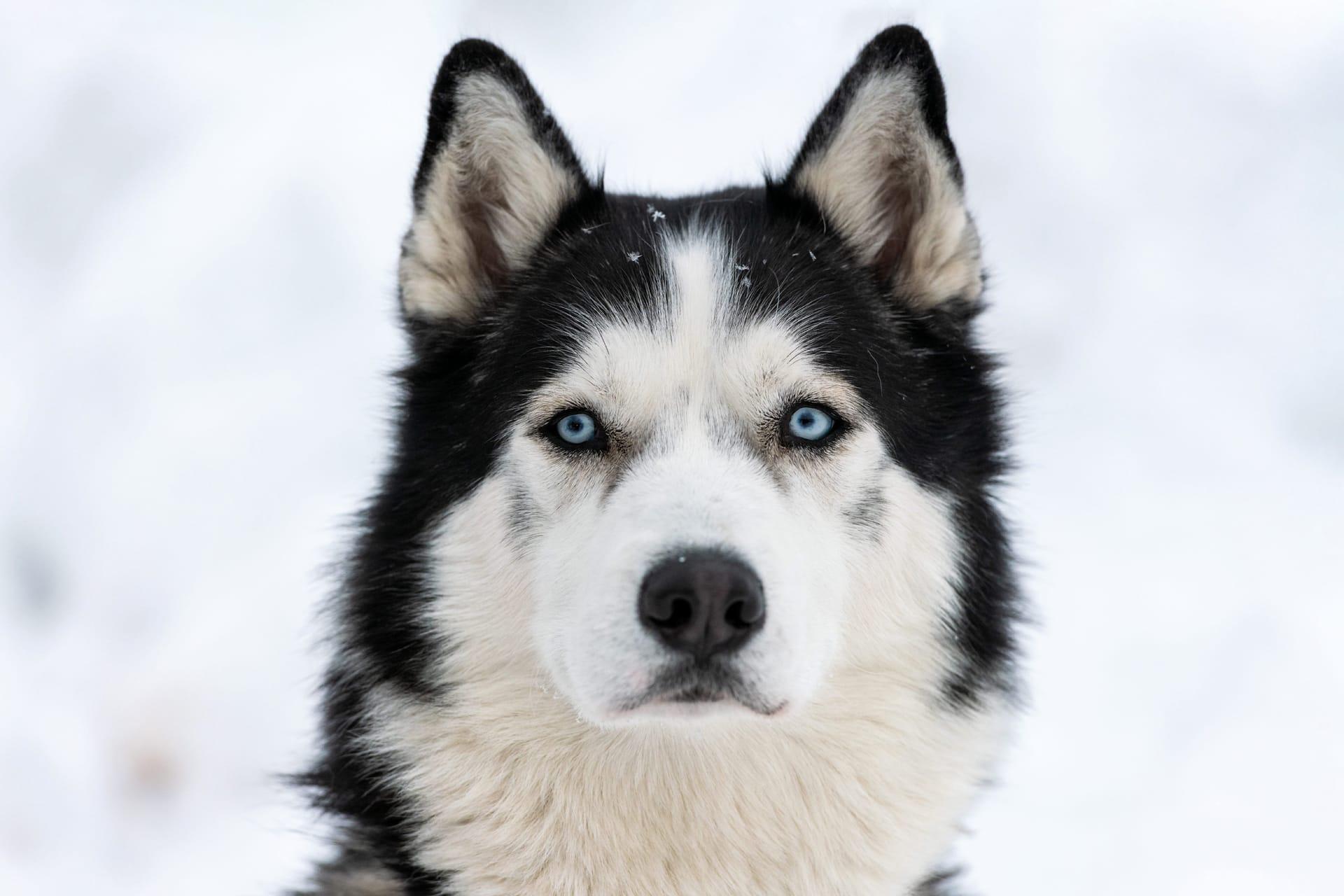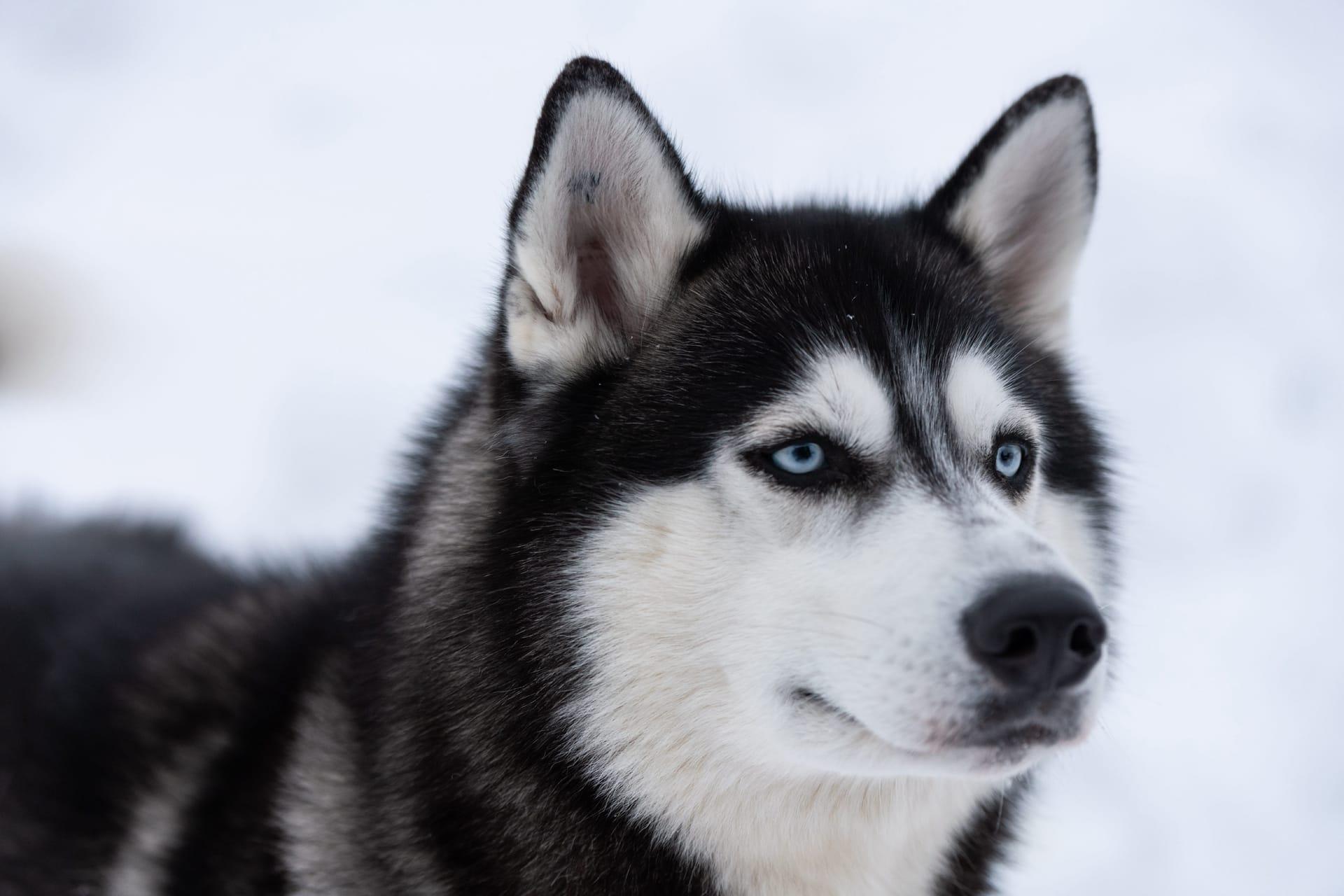1
The Alaskan Malamute, a breed known for its strength and endurance, has a remarkable ability to withstand freezing temperatures. Their double coat, consisting of a dense undercoat and a longer overcoat, provides insulation against cold as extreme as minus 70 degrees Fahrenheit (-56.7 degrees Celsius). This fur coat also has a unique oil that prevents snow from sticking and matting, making them perfectly adapted for harsh Arctic winters.
These dogs are not just about brawn; they have a storied history too. Originally bred by the Mahlemut Inuit tribe in Alaska, they were vital for survival, used for pulling heavy sleds across vast icy terrains. Their strength is so impressive that in the early 20th century, a single Malamute could pull loads weighing up to 3,300 pounds (1,500 kilograms) over short distances, showcasing their incredible power and resilience.

2
Alaskan Malamutes have a unique vocal range. Unlike many breeds that primarily bark, Malamutes often communicate with a "woo-woo" sound, resembling a howl mixed with a trill. This form of communication is believed to be a throwback to their wolf ancestors and helps them to communicate effectively in their native Arctic environments, where sound travels differently than in less dense, less snowy areas.
Their life span is longer than many large breeds, typically living between 10 to 14 years. This longevity is notable considering their size, as larger dogs often have shorter life spans. The Malamute's robust health and vigorous lifestyle contribute to this extended life expectancy, making them a long-term companion for those who welcome them into their homes.

3
Alaskan Malamutes have a remarkable appetite, fitting their size and energy levels. They can consume up to 3,000 calories per day when active, which is almost 50% more than the average intake for other large dog breeds. This high-calorie diet is necessary to fuel their muscular bodies and high energy levels, especially in cold climates where they expend more energy to stay warm.
Interestingly, despite their size, Malamutes are known for being surprisingly agile and nimble-footed. They can maneuver through rugged terrain with ease, which was a crucial trait for their original role in Alaska. This agility is combined with a strong sense of balance, allowing them to tread on uneven and slippery surfaces confidently, an adaptation essential for their survival in the Arctic.

4
Malamutes are known for their deep sense of loyalty and strong pack mentality. They form close bonds with their human families, seeing them as part of their pack. This loyalty, however, comes with a strong-willed nature. They can be quite independent and stubborn, which can be challenging during training. Consistent, patient, and positive reinforcement training methods work best with this breed, highlighting their intelligent and responsive nature.
Another interesting aspect is their digging behavior. Alaskan Malamutes are notorious for digging holes, a trait inherited from their ancestors who dug in snow to find shelter or food. In a domestic setting, this behavior can turn gardens into a maze of holes, but it's simply a natural instinct for these dogs. Providing them with a designated digging area can help manage this behavior.

5
Despite their size and strength, Malamutes are known for being gentle giants. They are affectionate and friendly, especially towards children. Their patient and protective nature makes them excellent family pets, though their size and energy levels require supervision around small children.
Alaskan Malamutes have a double-layered tail that curls over their back, which isn't just for show. When sleeping in cold weather, they use their tail to cover their nose and face, providing warmth and protection against the chill. This tail function illustrates the breed's incredible adaptation to survive in some of the harshest climates on the planet.